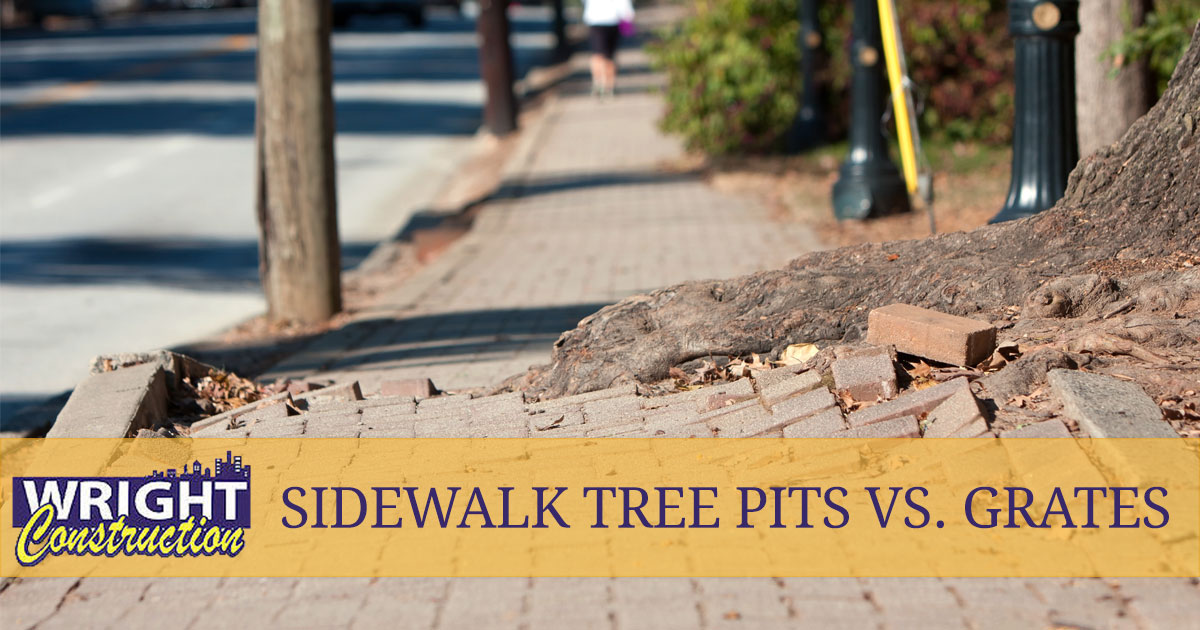The benefits of urban vegetation and topiary go well beyond the aesthetic. We know that trees play a big role in keeping an area temperate, including concrete and metal structures, which can impact heating and cooling bills in the long run. We also know that trees are essential to clean and breathable air, and that planting trees, and other plants, can help us offset our carbon footprint. However, when thinking about laying concrete and planting, you will encounter several choices about the best way to protect your plants and integrate them into the project.
Most plants incorporated into the sidewalks are planted in pits, so its important prior to collaboration with your designer to discuss how much space you want to devote to vegetation, and how large your pit(s) need(s) to be to accommodate the plants that you're planning to grow. Depending on what you are planning on planting, you'll also want to consult with someone who understands the interplay of concrete and flora and fauna, as the roots of a tree planted in a sidewalk pit, for instance, won't have the same relationship to the earth's surface as a plant growing in an open space. Furthermore, it might be beneficial to design a pit that will incorporate a grate to protect the plant from vegetation-eating animals, as well as to protect unassuming pedestrians from tripping into the pit.
